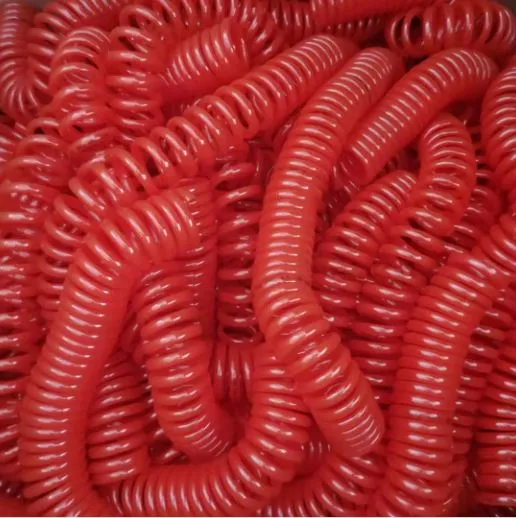ventilation hose
The Importance of Ventilation Hose in Modern Applications
Ventilation hoses play a crucial role in various industries, including automotive, HVAC (heating, ventilation, and air conditioning), and manufacturing. These flexible tubes are designed to transport air, gases, and sometimes liquids from one point to another, ensuring that systems function efficiently and safely. This article will delve into the significance of ventilation hoses, their types, applications, and maintenance.
Understanding Ventilation Hose
Ventilation hoses are engineered to manage airflow within a system. Typically made from durable materials like rubber, PVC, or polyurethane, they come in various sizes and shapes to fit specific needs. The primary purpose of these hoses is to facilitate ventilation, preventing harmful buildup of gases and ensuring optimal air quality.
Types of Ventilation Hoses
There are several types of ventilation hoses, each designed for specific applications
1. Flexible Air Ducts These hoses are often used in HVAC systems, airing out dust and pollutants from indoor environments. Their flexibility allows for easy installation in confined spaces.
2. High-Temperature Hoses In industries such as automotive manufacturing, high-temperature hoses are essential for transporting heated air and gases from engines or exhaust systems without degrading.
3. Chemical-Resistant Hoses In laboratories and industrial settings, certain hoses are designed to transport aggressive chemicals safely, protecting users and equipment from leaks and spills.
4. Noise-Reducing Hoses These hoses are used in environments where noise reduction is crucial, such as in machinery or exhaust systems, ensuring a quieter operation while still allowing for adequate ventilation.
Applications of Ventilation Hoses
Ventilation hoses are employed in numerous applications, showcasing their versatility
ventilation hose

- Automotive Industry In vehicles, ventilation hoses are essential for directing air to the engine compartment and for the exhaust system. They help manage temperature and ensure that harmful emissions are expelled efficiently.
- HVAC Systems In residential and commercial buildings, ventilation hoses distribute conditioned air throughout the building
. They also play a vital role in exhausting stale air, maintaining indoor air quality.- Industrial Manufacturing Factories use ventilation hoses in production lines to remove dust and fumes that can accumulate during the manufacturing process. This ensures a safe working environment for employees.
- Agriculture In greenhouses and farms, ventilation hoses are crucial for creating a suitable environment for plants by regulating humidity and temperature.
Importance of Maintenance
While ventilation hoses are built to withstand various conditions, they still require regular maintenance to ensure optimal performance. Here are some tips for maintaining ventilation hoses
1. Regular Inspections Check hoses for wear and tear, cracks, or other damage that could compromise their integrity. Early detection can prevent more significant issues down the line.
2. Cleaning Depending on the application, hoses may accumulate dust, grease, or other materials. Regular cleaning can improve airflow and prevent blockages.
3. Proper Installation Ensure that hoses are correctly installed with minimal bends and kinks, as these can restrict airflow and reduce efficiency.
4. Temperature Monitoring For high-temperature hoses, it is essential to monitor operating conditions to avoid overheating, which can lead to hose degradation.
Conclusion
Ventilation hoses are an integral part of numerous systems across various industries. They ensure effective airflow, promote safety, and enhance overall operational efficiency. Understanding the different types, applications, and maintenance requirements of ventilation hoses is vital for industries that rely on them. As technology continues to advance, the development of more durable and efficient ventilation hoses will undoubtedly enhance performance in numerous applications. Therefore, recognizing and investing in quality ventilation systems, including hoses, is essential for a sustainable and safe future.
-
Top Quality Oxy Acetylene Hoses for Sale Fit for Welding DemandsNewsJul.28,2025
-
The Future of Pneumatic Air Tubes in IndustryNewsJul.28,2025
-
Superior and Reliable LPG Hose Pipe Solutions for Every NeedNewsJul.28,2025
-
Exceptionally Durable and Versatile Premium Braided PVC TubingNewsJul.28,2025
-
Best Adapters for Connecting Garden Hose to PVC Pipe ConnectionsNewsJul.28,2025
-
The Essential Role of LPG Hoses in Safe and Efficient Gas DistributionNewsJul.16,2025














